Vintage Minolta Rokkor glass is still alive and well in portrait photography, especially for those exploring second-hand gear with timeless character.
Why Rokkor Lenses Still Matter for Portraits in 2025
Here’s why seasoned and new photographers still reach for Rokkor glass when shooting portraits today.

If you’ve ever seen a friend’s portrait taken on Rokkor glass, you might remember the gentle softness paired with striking subject depth. That look is hard to replicate with modern clinical optics.
- Rokkor lenses are celebrated for bokeh that’s creamy rather than distracting.
- When bought second-hand, they offer a sustainable and affordable alternative to pricey modern equivalents.
- Adapters make it simple to mount these classics on both modern mirrorless bodies and original Minolta film SLRs.
Top Minolta Rokkor Lenses for Portrait Photography
These three Rokkor lenses stand out as timeless portrait favorites, each with a unique rendering style in 2025.
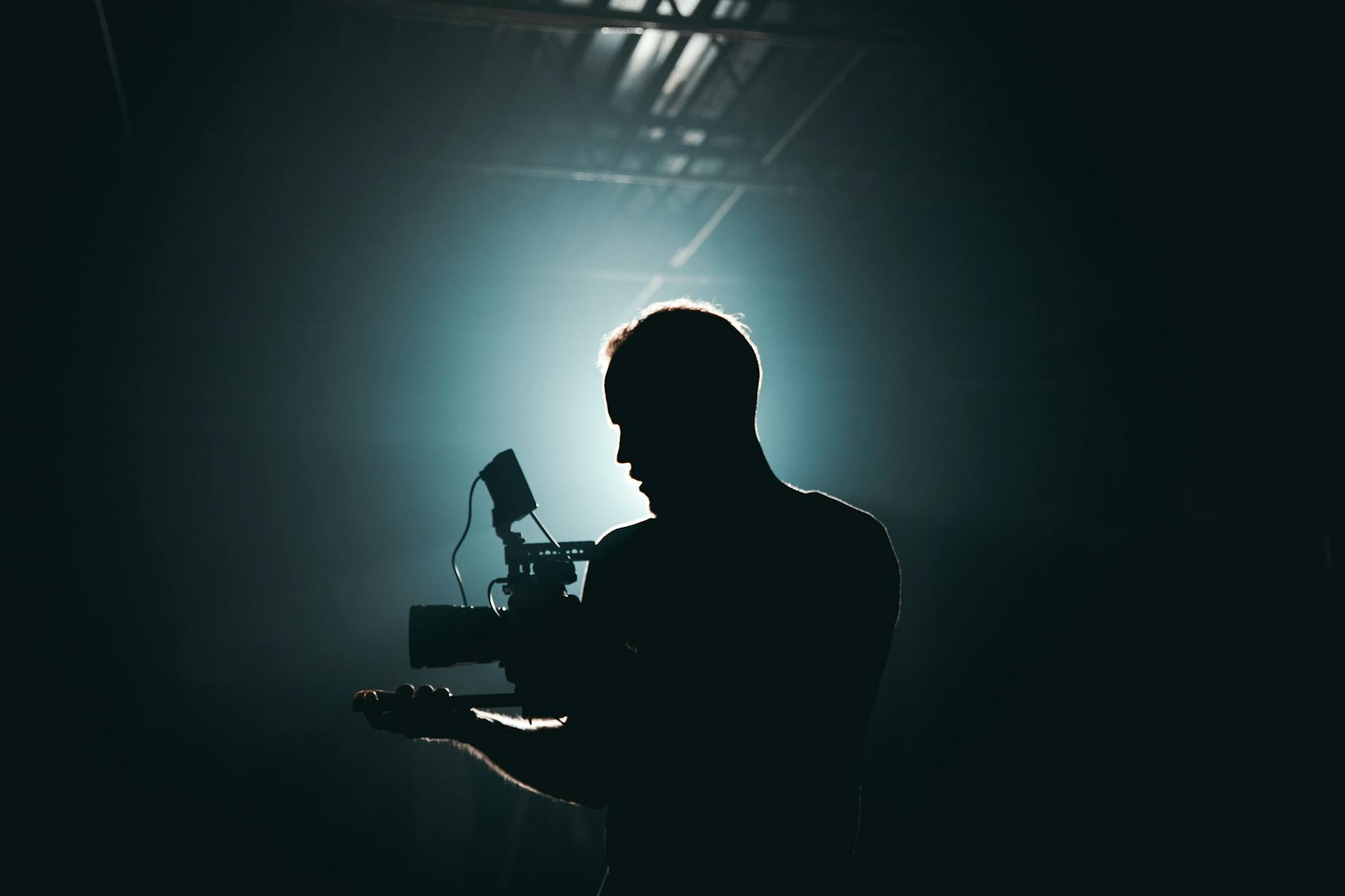
One can picture an evening shoot where a photographer lifts the Minolta 58mm f/1.2 to capture dusk portraits—the highlights bloom in a golden glow, giving images a cinematic mood.
| Name | Best for | Spec | Look/Result | Usability | Notes |
|---|---|---|---|---|---|
| MC Rokkor-X 58mm f/1.2 | Dreamy portraits | f/1.2, 58mm | Glowing highlights, shallow depth | Challenging wide open, superb character | Rare and sought-after |
| MC Rokkor 85mm f/1.7 | Flattering headshots | f/1.7, 85mm | Natural compression, soft blur | Fast, reliable focus feel | Loved for classic portraits |
| Rokkor 100mm f/2.5 | Tighter compositions | f/2.5, 100mm | Sharp isolation, controlled bokeh | Lightweight, precise | Less common but rewarding |
Pros
- Distinctive rendering unmatched by modern glass.
- Sustainable and affordable second-hand availability.
- Compatible with many digital systems via adapters.
Cons
- Condition varies widely in the used market.
- Heavy compared to some modern lenses.
- Manual focus only, which requires practice.
- When shopping used, inspect the glass for clarity in coatings.
- Ensure focus rings turn smoothly without friction.
- Look for aperture blades that are clean and oil-free.
Where to Buy Used Rokkor Portrait Lenses
If you’re ready to add Rokkor glass to your kit, here’s where photographers in 2025 find reliable stock.
I once stumbled upon a mint-condition Rokkor 85mm in a trusted camera shop—the find instantly became my go-to for natural-light portraits.
- Second-hand camera shops and specialist online stores remain the safest bet.
- Certified sellers often test and refurbish their lenses before sale.
- Online vintage marketplaces can offer bargains but demand caution.
- Verify seller reputation through reviews.
- Ask for sample photos taken with the actual lens.
- Confirm a clear return or warranty policy before purchase.
Our shop encourages sustainable gear reuse—why not explore used camera lenses to see what's available today?
Caring for Vintage Minolta Rokkor Glass
Vintage lenses remain rewarding if properly looked after—here’s how to extend the life of Rokkor optics.

Many photographers discover the need for care after spotting dust or haze inside an old lens—once you see it, you’ll remember why proper storage matters.
- Store lenses in a dry place to prevent fungus growth.
- Clean with a microfiber cloth and lens-safe solution only.
- Avoid opening the lens unless you’re trained.
- Use silica gel packs in storage cases.
- Regularly ensure lens caps fit snugly.
- Inspect focus and aperture feel every few months.
Creative Portrait Inspiration with Rokkor Lenses
Here are some techniques to push your Rokkor portraits further, blending vintage charm with modern creativity.

Imagine experimenting with window light and an 85mm Rokkor—the glow and shadows blend to create portraits with cinematic mood. The setup is simple, yet the results look timeless.
- Use wide apertures (f/1.2–f/1.7) for dramatic separation.
- Experiment with backlighting to create halos reminiscent of classic portraiture.
- Frame tight with the 85mm for a film-like, character-rich portrait look.
Quick Decision Guide
- Choose the 58mm f/1.2 if you love dreamy, glowy portraits and often shoot in low light.
- Go for the 85mm f/1.7 if natural headshots and flattering backgrounds are your priority.
- Pick the 100mm f/2.5 if you prefer sharp, isolated subjects with cinematic tight framing.
- Buy second-hand for sustainability and unique rendering unavailable in modern optics.
FAQs
- Which Minolta Rokkor lenses are best for portraits in 2025?
- The top picks remain the Rokkor-X 58mm f/1.2, 85mm f/1.7, and 100mm f/2.5 for their distinct portrait qualities.
- Where to buy used Minolta Rokkor portrait lenses?
- Check trusted second-hand shops, online vintage retailers, and marketplaces that offer return policies and tested gear.
- How to maintain vintage Minolta Rokkor lenses?
- Keep them dry with silica gel, clean gently with microfiber, and get professional servicing if major issues arise.
- Are Minolta Rokkor lenses good for modern portrait cameras?
- Yes, with adapters they mount easily to modern mirrorless systems, retaining their vintage rendering while adding modern convenience.
Find Your Portrait Lens
Shop classic Minolta Rokkor lenses with confidence today.
Whether you want the legendary glow of the 58mm or the flattering compression of the 85mm, our tested collection of second-hand Rokkor glass helps you build a sustainable, character-filled portrait kit.





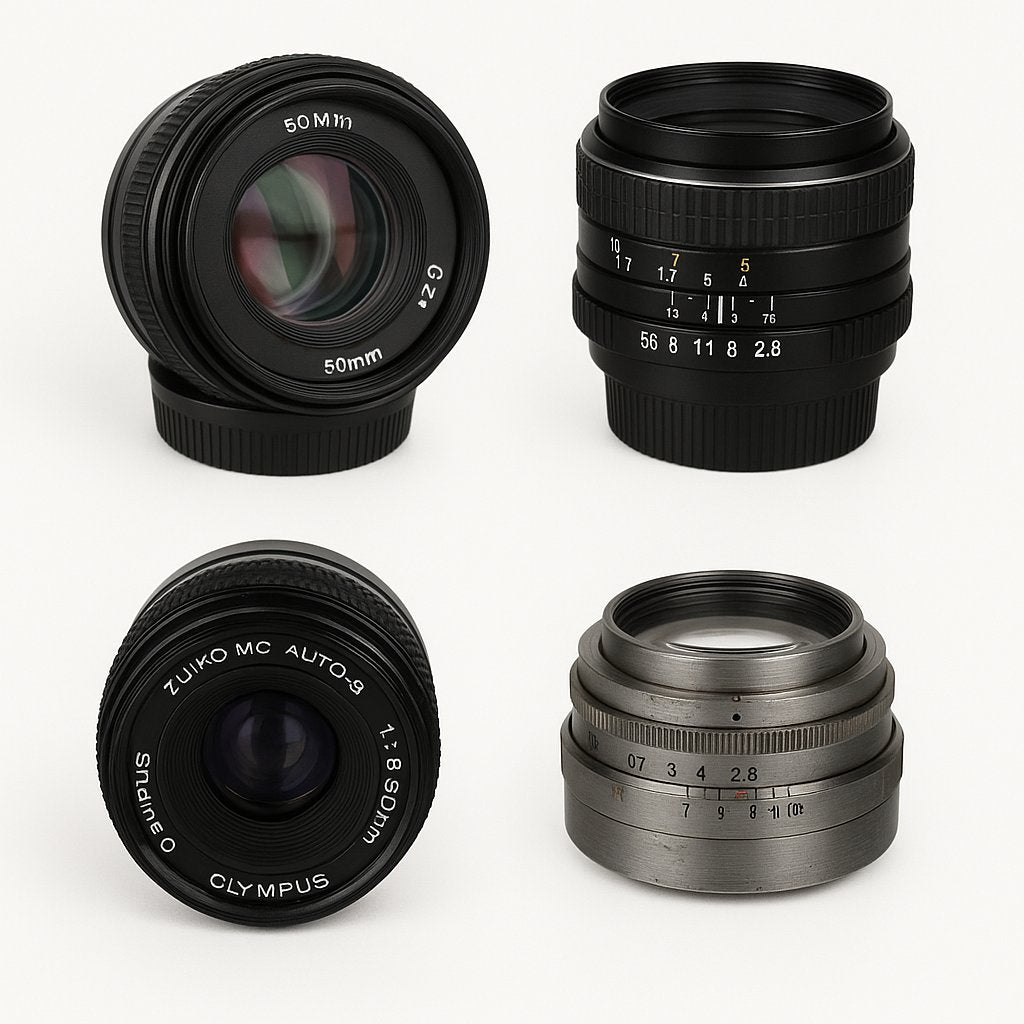
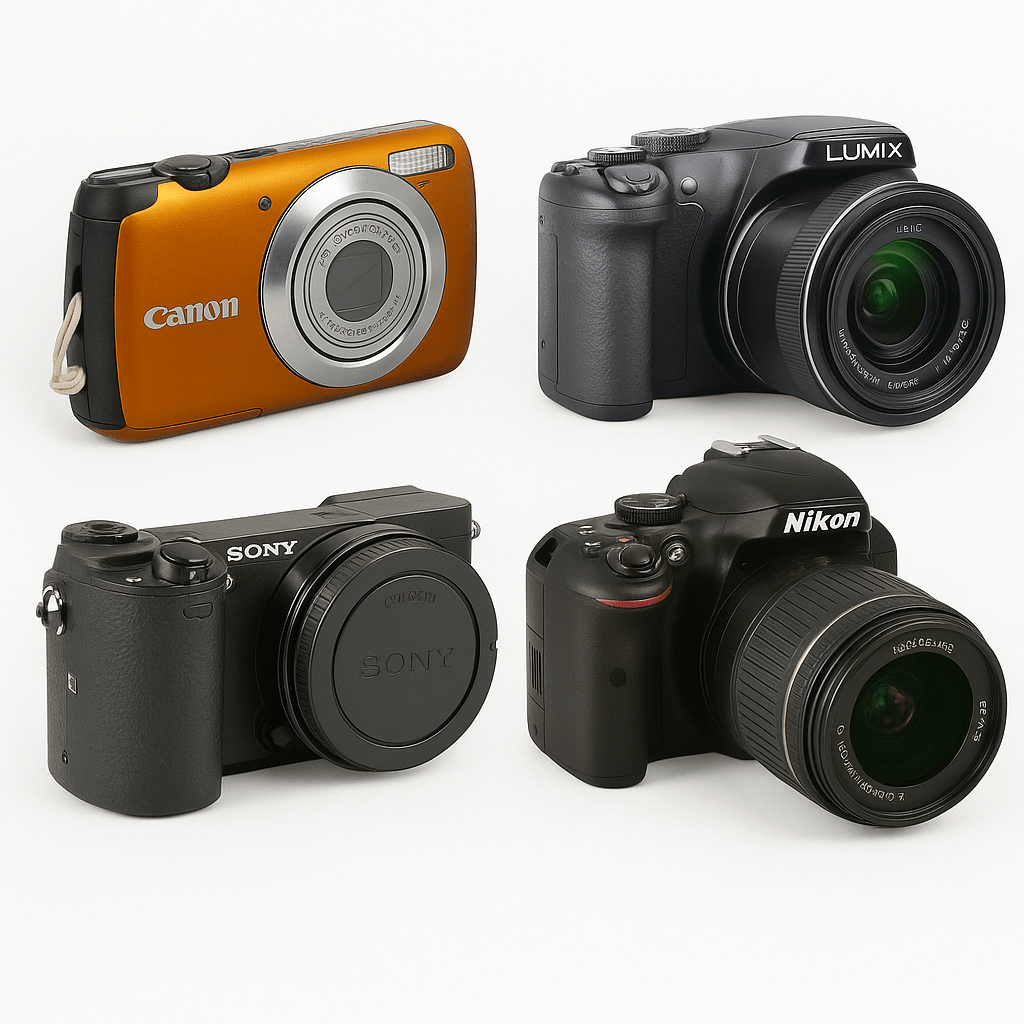
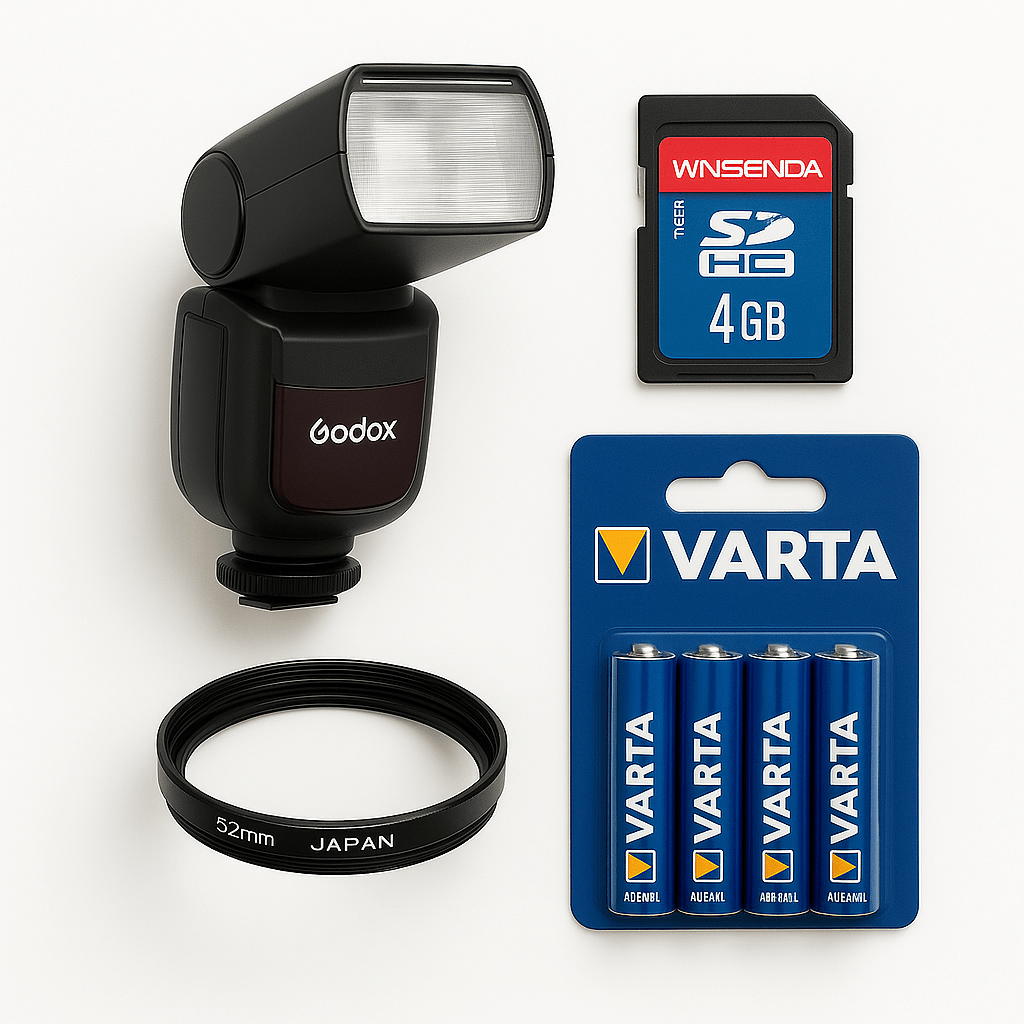

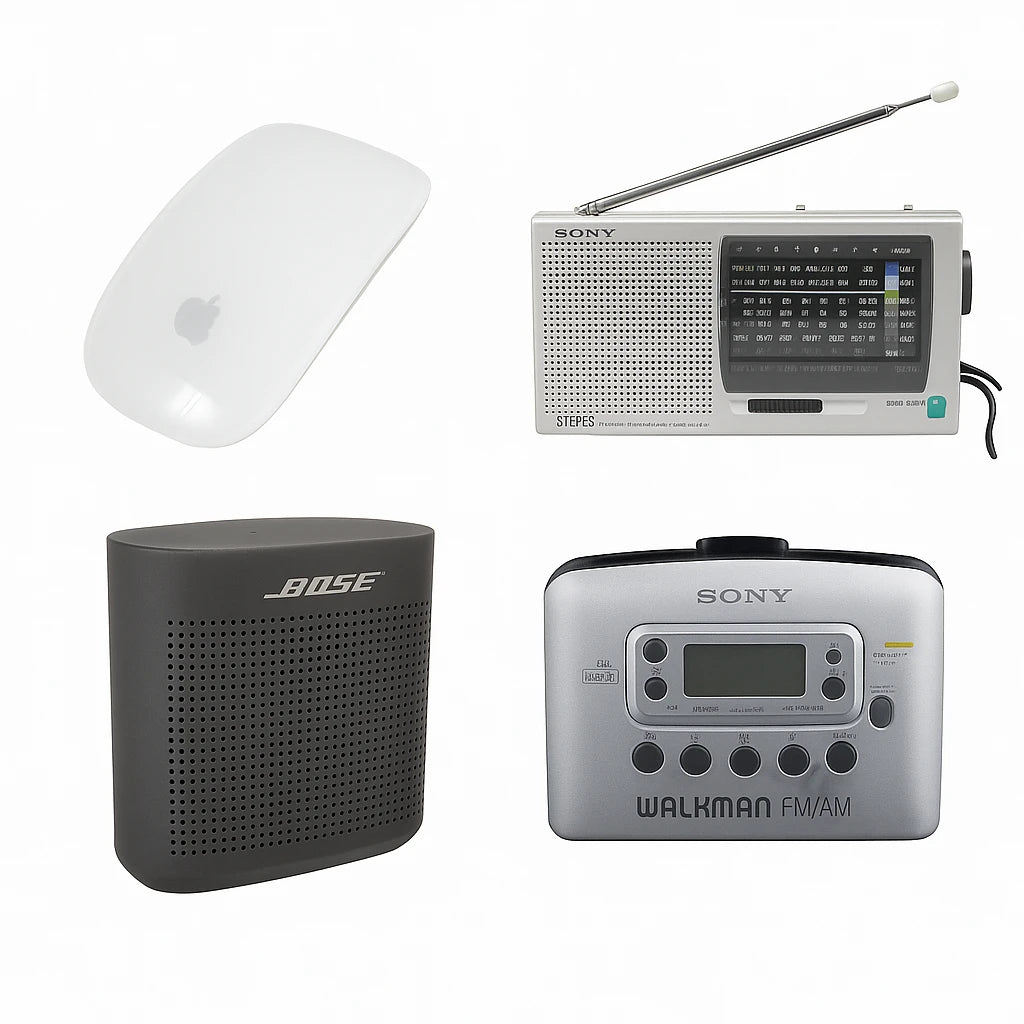
Komentarze: 0